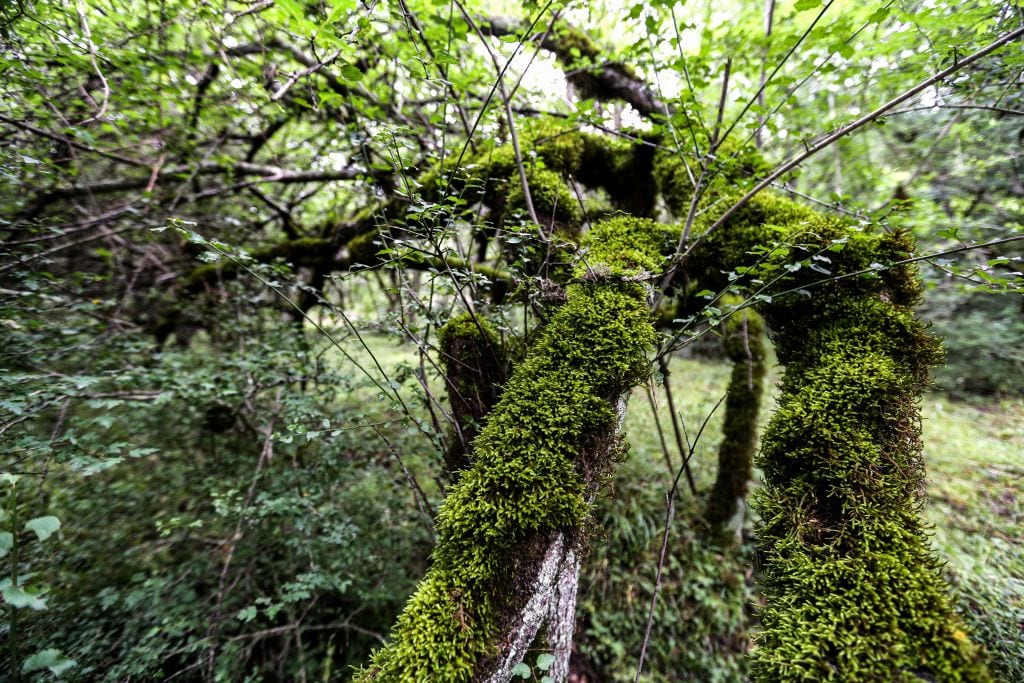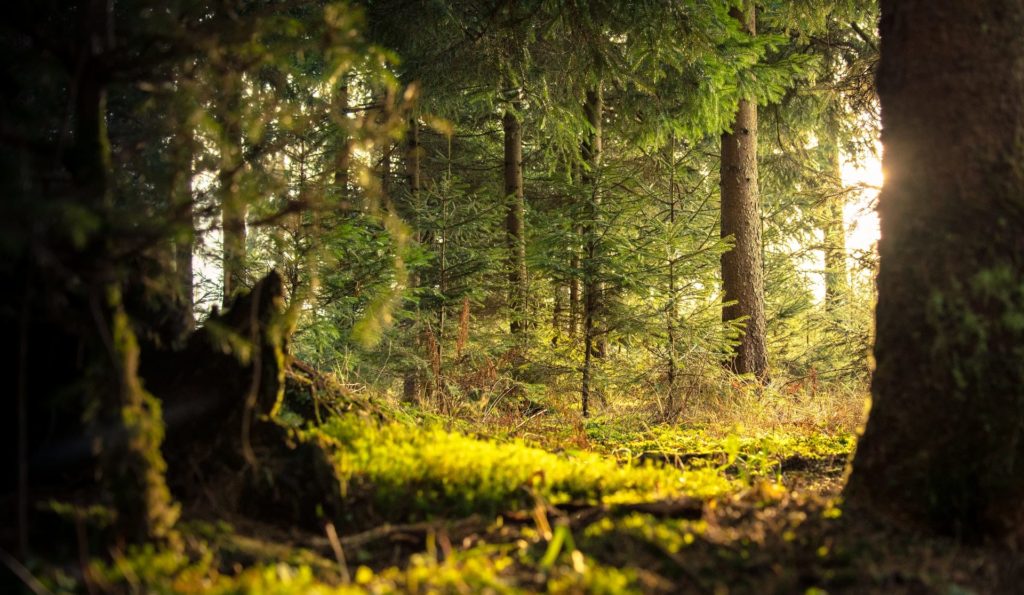Why the Energy Transition Will Fail Without Technology and Trees
Research suggests little conflict between stemming biodiversity loss and a massive buildout of renewables, but opinions differ widely over the use of forests, and over-simplistic decisions about the role of wood in the energy transition must be avoided.
The world added a record amount of renewable energy capacity last year, yet nowhere near the levels needed to transition away from fossil fuels in line with the commitments of the Paris Agreement. At the same time, biodiversity is in crisis with wildlife populations crashing — a study published last week shows just 3% of ecosystems remain intact. Building out wind and solar farms, battery gigafactories and related clean energy infrastructure demands land and resources.
Business leaders, policymakers and regulators should use data and science to ensure technology and trees are at the heart of the energy clean transition.

That biodiversity is in trouble is no secret. Scientists have been warning for years that the world is entering a sixth mass extinction as species are decimated and habitats destroyed. A study published in the journal Frontiers in Forests and Global Change last week shows how few places around the world still retain healthy populations of their original animals and undisturbed habitats. Hunting, poaching, invasive species and disease are all cited as the major causes behind this destruction.
Looming in the background is climate change
A rapidly warming world is a massive threat to people and ecosystems. Reducing this risk without jeopardizing development, prosperity and quality of life, means switching rapidly from fossil fuels to cleaner sources of energy. If not managed properly, this switch could further damage ecosystems, which, in addition to their intrinsic value, also play a vital role in reducing emissions. In short, stopping runaway climate change and protecting and expanding biodiversity must go hand in hand. The sooner this understanding forms the basis for action, the better.
Smart science and economic decisions
“While the energy industry must move away from fossil fuels towards renewable energy within the next two decades, we need, at the same time and not as an alternative, to stop deforestation and start reforestation,” says Sven Teske, professor at the Institute for Sustainable Futures at the University of Technology, Sydney, Australia.
Research published by Teske and his team in April 2021 demonstrates how “nature-based-solutions in the form of intact ecosystems are required to complement the energy transition”. Without the deployment of “currently available technologies” and “significant changes in land use, including the rapid phase-out of deforestation and significant reforestation”, the world will fail to meet the global goal of maintaining warming well below 2°C, they conclude.
Creating simple briefs for policymakers is really challenging because the role of forests and their interaction with the microclimate, water, soil, micro-organisms and bacteria is so bloody complex.
Pierre Ibisch, HNE Eberswalde
In practice, this means “identifying, globally, priority areas for onshore and offshore wind, as well as utility-scale solar, and identifying the areas we need for biodiversity and carbon sinks”, says Teske. “Science-based land use policies and smart economic incentives can bring both sides together.”
He advocates a global economic system that encourages companies to “preserve and expand intact natural systems that absorb carbon”. In short: “Keeping a forest intact will become an economic activity that is better paid than destroying it.”
Pierre Ibisch, professor at the Eberswalde University for Sustainable Development in Germany, agrees “there is a risk we don’t meet climate targets because of the significant impacts of biodiversity loss”. Part of the problem, for him, is that the role of forests and their interaction with the “microclimate, water, soil, micro-organisms and bacteria is so bloody complex that creating simple briefs for policymakers is really challenging”.

Wood is often viewed as carbon neutral, but scientists increasingly question this assumption, and policymakers, in Europe at least, endeavor to account for emissions from forest removals. Ibisch is unconvinced by the decision of certain companies, such as Drax in the UK, to import woody biomass from countries far outside their borders as a central parts of their decarbonization strategy.
One project he highlights as being particularly questionable in terms of its climate and ecosystem impact is a proposal by the city of Hamburg to burn bushwood from Namibia as sustainable biomass, to wean the city off coal.
In addition to possible problems around logging and its wider impact on ecosystems, Ibisch also underlines the need for roads to allow lorries access to forests, which can lead to greater fragmentation of the landscape.
Just because it is natural, wood should not be considered de facto as the most sustainable solution. Ibisch cites the New European Bauhaus initiative recently launched by the European Commission. “Key actors such as the climatologist Hans Joachim Schellnhuber promote wood as the construction material of choice to help fix the climate crisis, but this is overly simplistic,” he suggests.
More and better data
In general, more and better data about the impacts of renewable energies on species and habitats is needed, says James Pearce-Higgins, director of science at the British Trust for Ornithology. “Studies suggest there is enough space to fit in enough renewable energy, but we have to be smart about it,” he says.
Indeed, research published today by UK think tank Carbon Tracker insists there is absolutely no need for renewable infrastructure to impinge on nature. “Building enough solar panels to meet global energy demand would take up just 0.3% of land, less than the area occupied by fossil fuels,” it says.
While many renewable energy experts grumble about the time it takes to get permits to build new wind turbines, for example, Pearce-Higgins argues more research can “reduce uncertainties” about potential impacts on certain species, and speed up these processes. “Uncertainties mean we spend a lot of time going back and forth,” he says.
Likewise, a better understanding of where biodiversity hotspots and intact ecosystems are located is crucial to ensure these areas are not developed in the race to bring down emissions, says Pearce-Higgins.
Data and scientific research needs to be supported by robust regulatory systems, he adds. In developing countries, funding from development banks should be in line with nature protection as well as energy transition principles.
Ultimately, as Teske says, if the world is serious about meeting the commitments of the Paris Agreement, “there is no alternative to renewables expansion and there is no alternative to stopping deforestation and starting reforestation”.
This reasoning needs to be fully understood by all those claiming leadership in the clean energy transition.